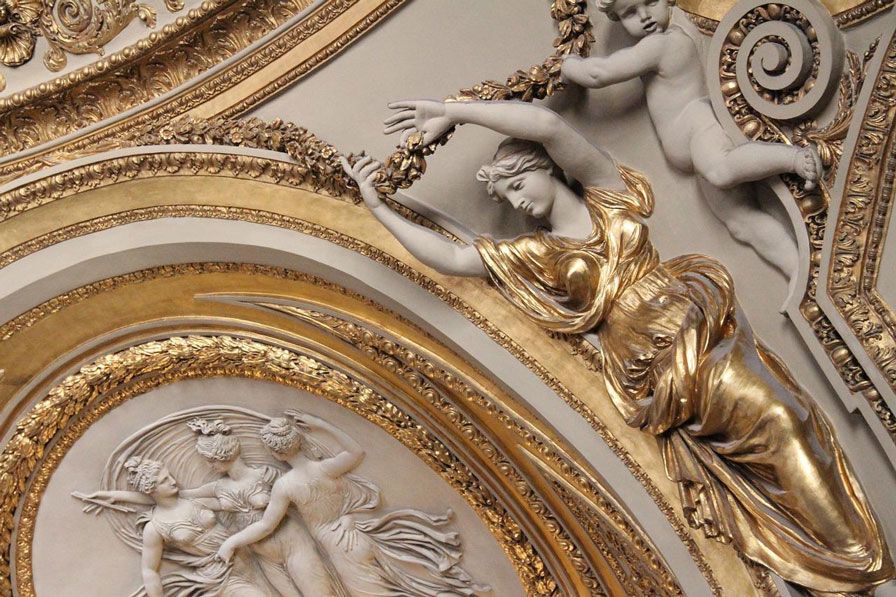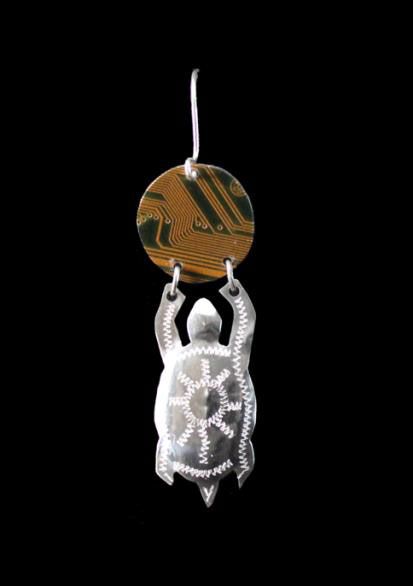During the 1940s, the director of the Louvre Museum, Jacques Jaujard, and the officer Franc Von Wolff-Metternich, head of Kunstschutz work together to protect the museum and its artworks from the Nazi occupation. Director Aleksandr Sokurov portrays their battle in the movie Francofonia which balances perfectly between fiction and documentation, actors and archives, story and history, art and war. These conflicting elements and complexities make it a “poetic documentary.”
Variety defines Francofonia as a “dense, enriching meditation on the Louvre and specifically (but not exclusively) the museum’s status during WWII.” Sokurov’s “sophisticated but playful cine-prose poem” got nominated in the 72nd Venice Film Festival and Toronto Film Festival in 2015.

This movie depicts perfectly the complexity and importance of art as a reflection of a nation’s people, era and patriotism through the story of two men working together. It also illustrates how political art and one’s relationship to art can be, as well as how strongly it can suggest one’s ideologies and worldviews.
The bit of humanity that can still come out of the very sources of the atrocities and traumas of the twentieth century, the organizers of one of the deadliest wars humanity has ever experienced, gets saved through these portraits that are so representative of European pride and cultural victory. Saving the Louvre is a way for the French identity to exist and win even under the German occupation. As the lines of Francofonia tell us, “who would I have been, had I never known or seen the eyes of those who lived before me?”
Even seven years later, Francofonia still finds a lot of relevance in today’s post-colonial societies. In fact, it is in accordance with the United Nations Sustainable Development Goals, more specifically, the sixteenth goal on Peace, Justice and Strong Institutions.

It finds parallels with the current situation of the Indigenous peoples of Canada, for example. Even though most colonies have ceased fighting, killing and occupying, their consequences are still being felt by their victimized populations economically, politically and socially. First Nations in Tiohtiáke, also known as Montreal, persist in their fight against colonialism and the ongoing cultural genocide through art.
The Montreal Museum of Fine Arts presents past and present Inuit practice and identity in its Inuit Art Collection taking over the whole floor. It also highlights First Nations’ perspectives on their contact with Europeans through Aboriginal Art. There is also Daphne, the first Indigenous artist-run center in the city encouraging the exchange and discussion between Indigenous and non-Indigenous peoples through contemporary Indigenous art.
